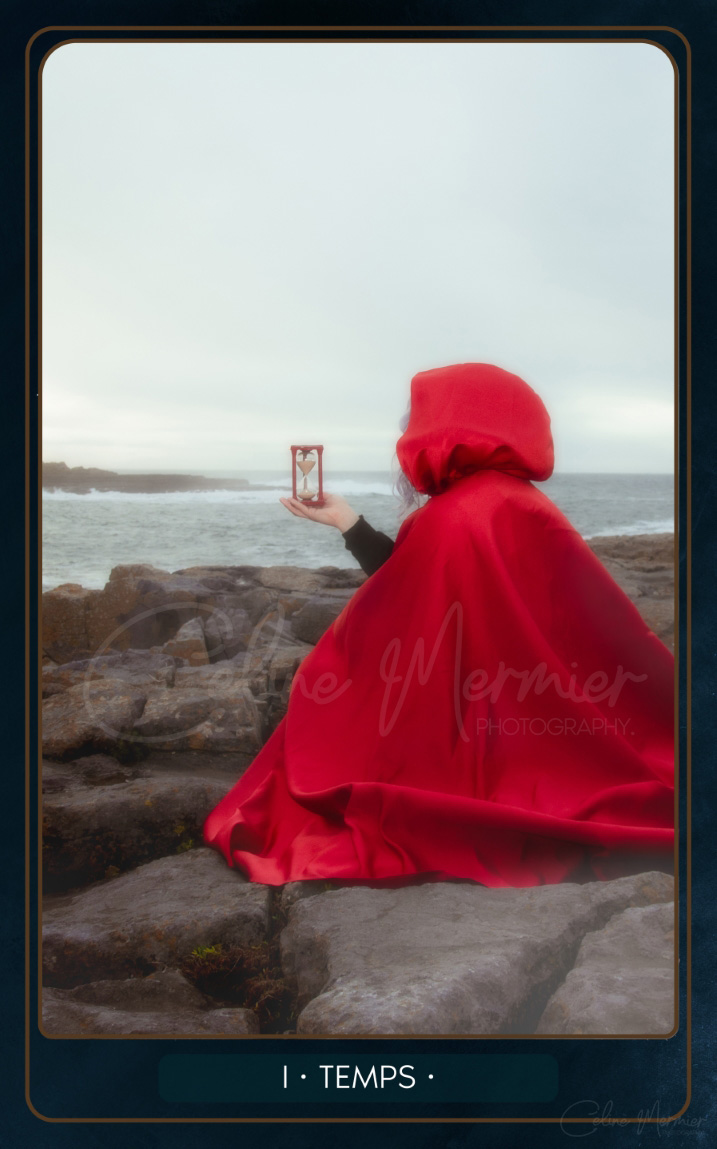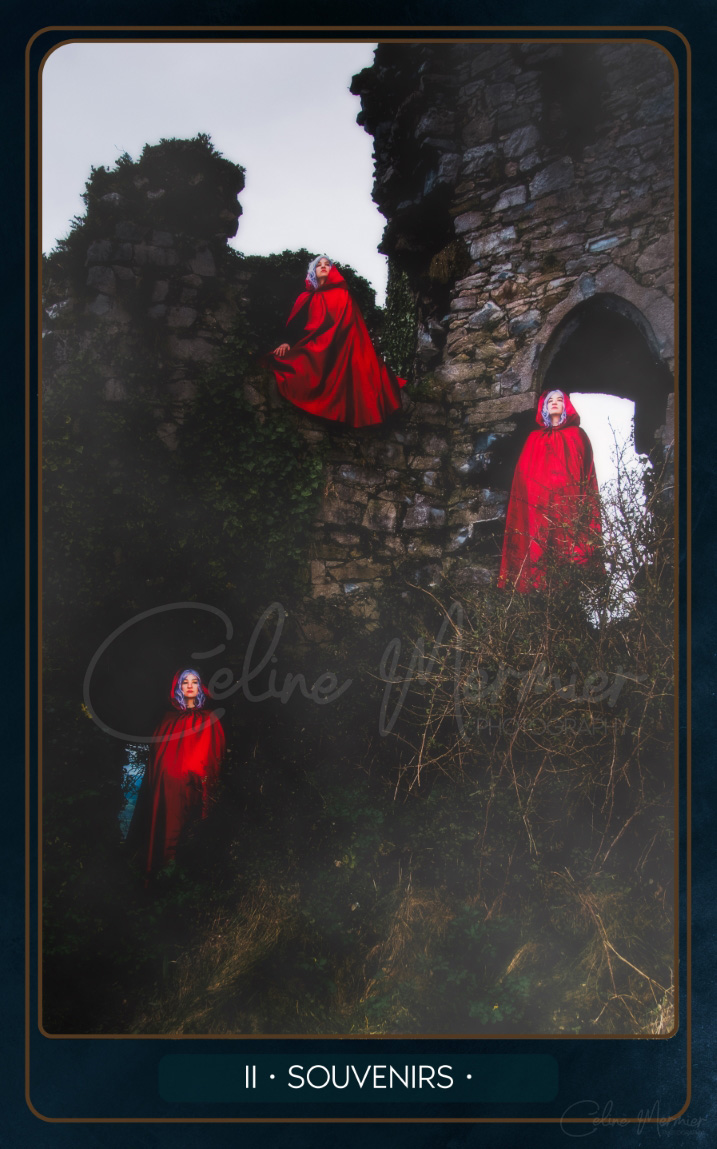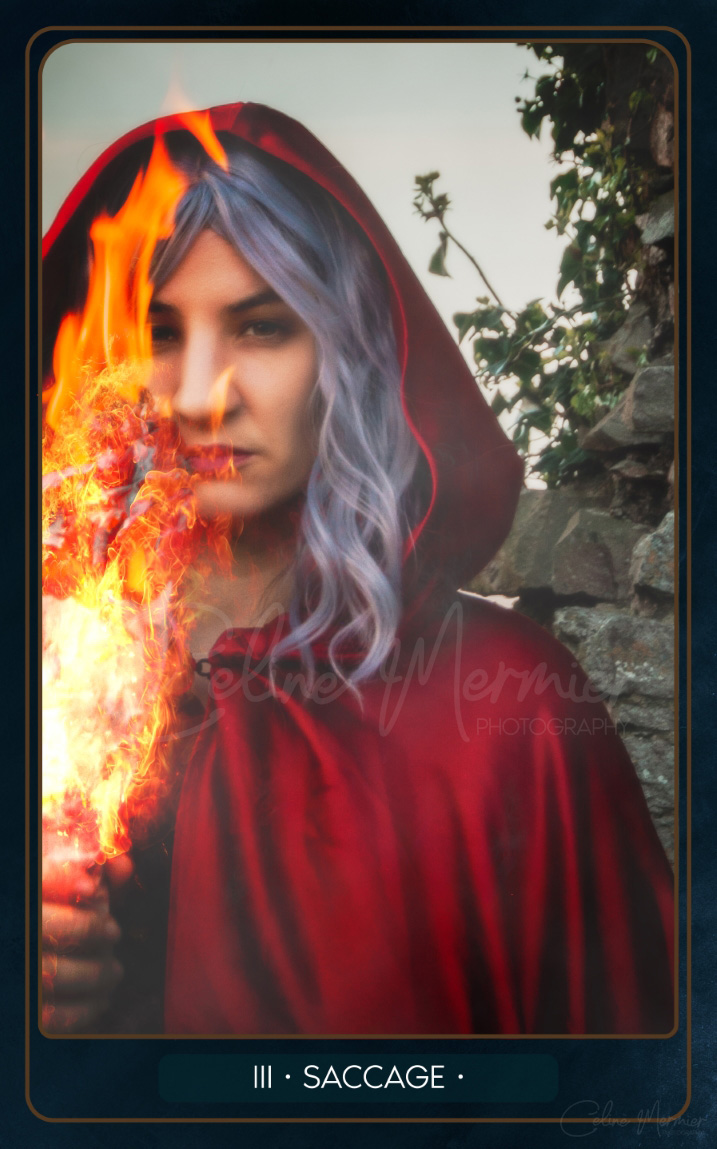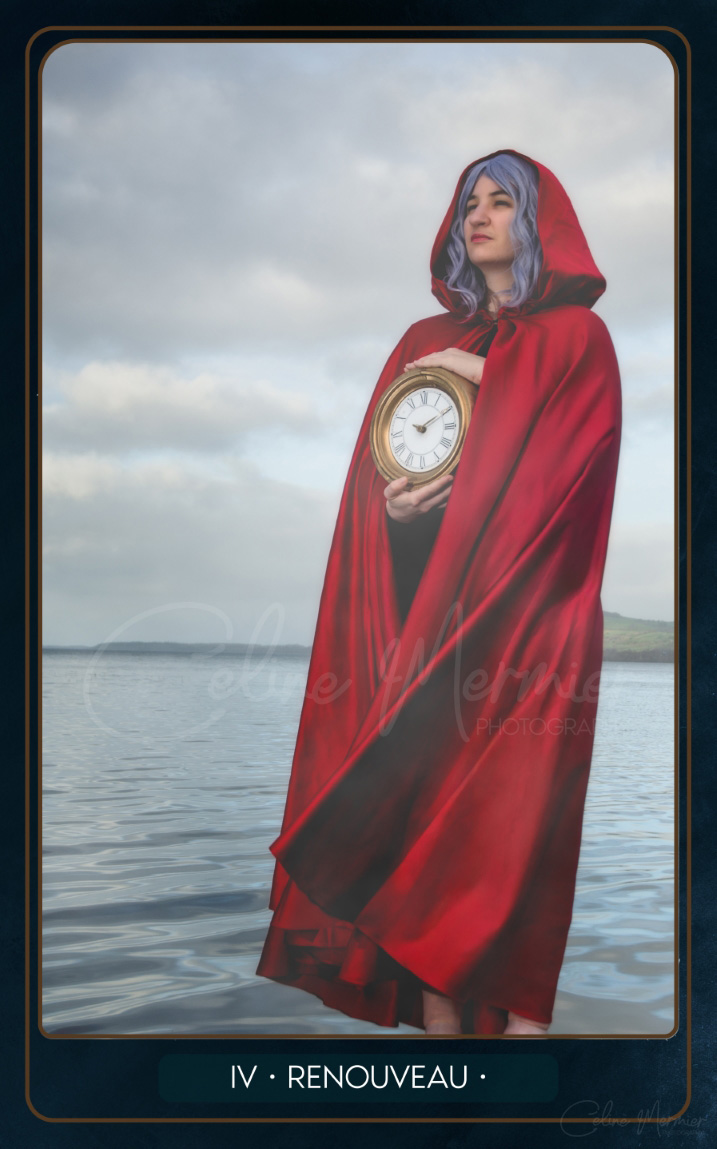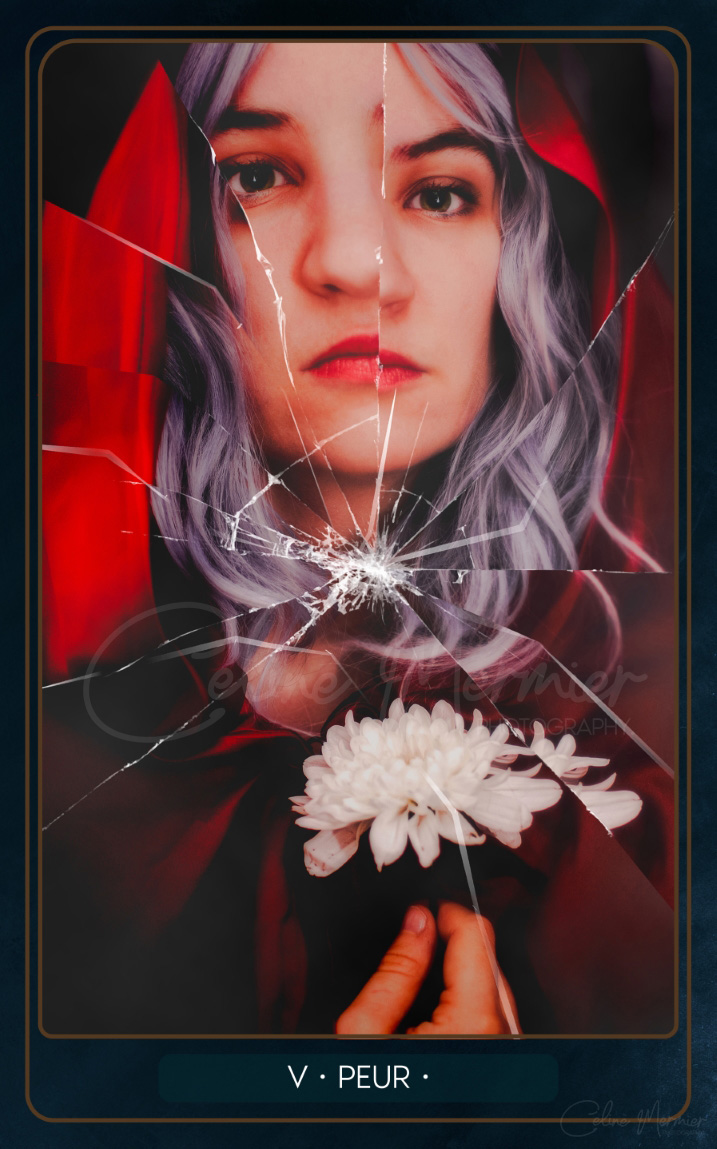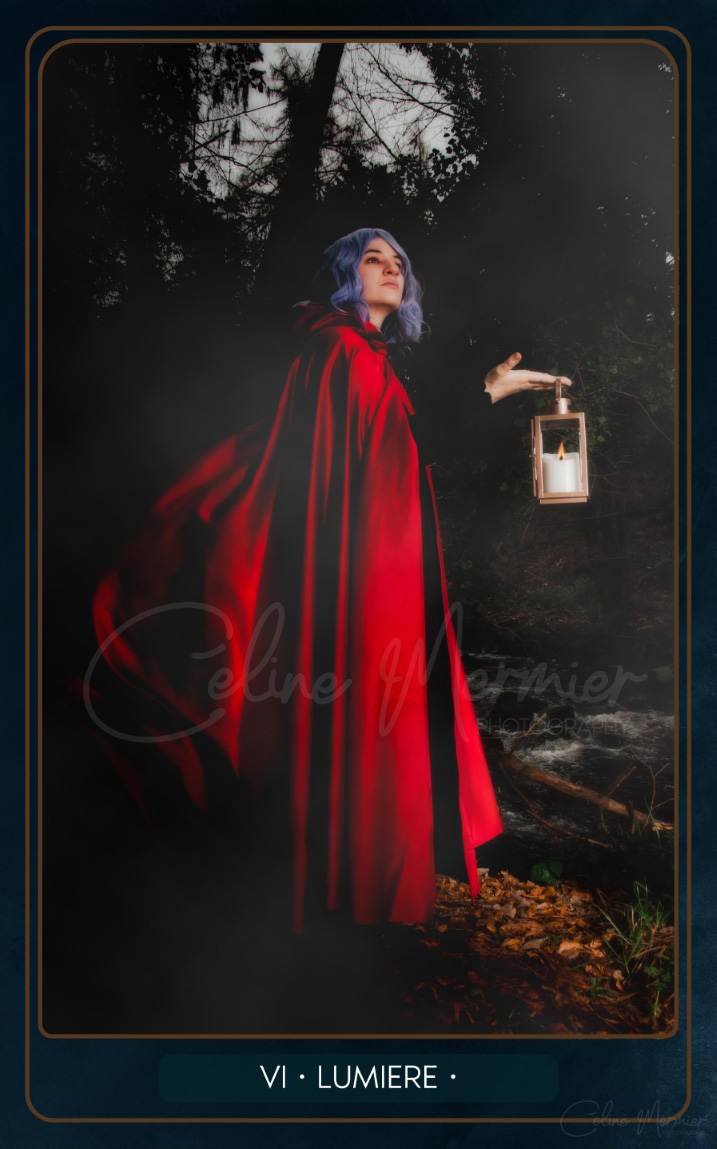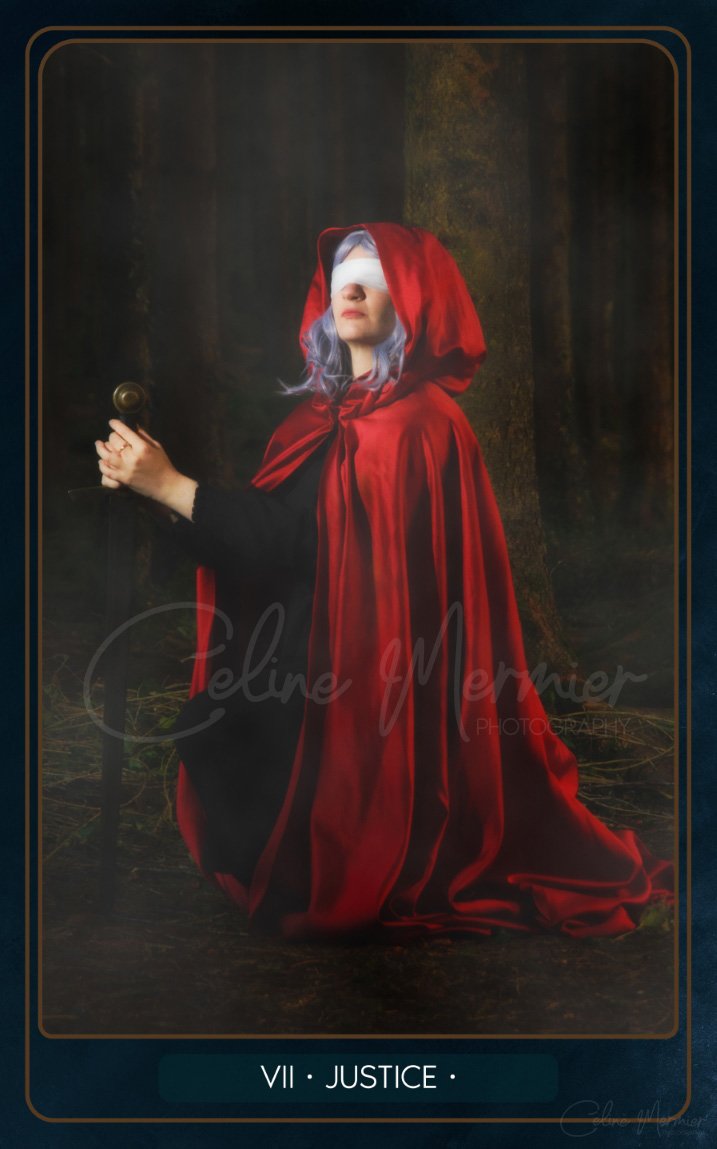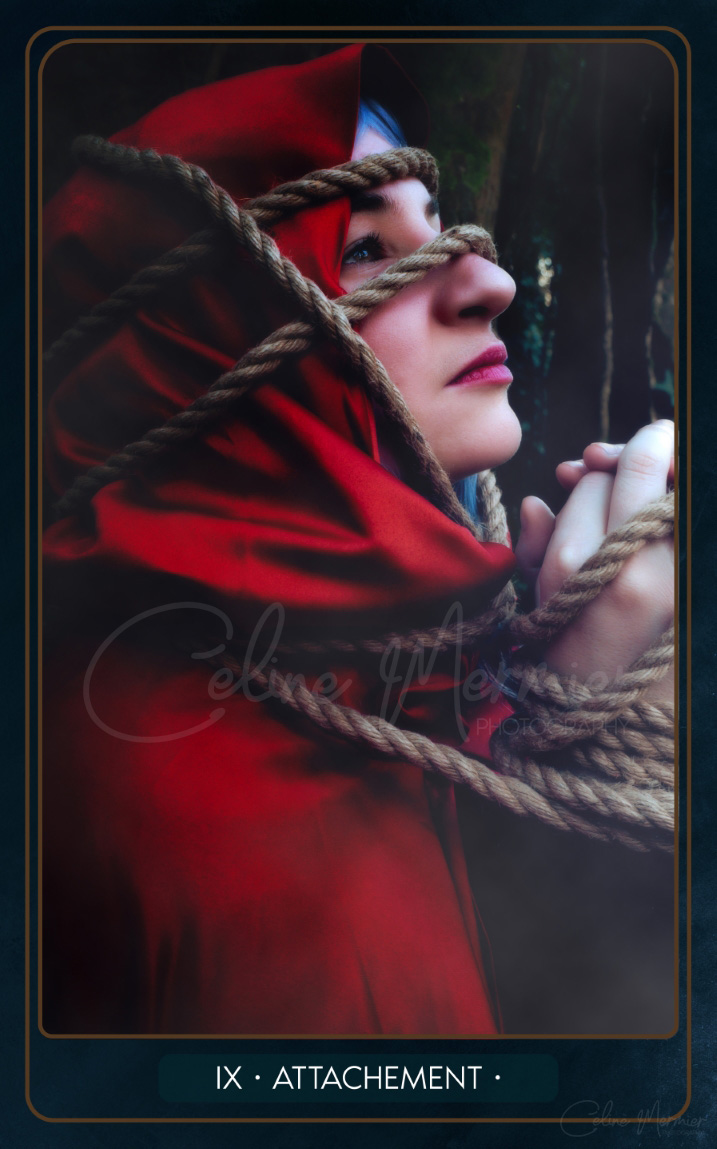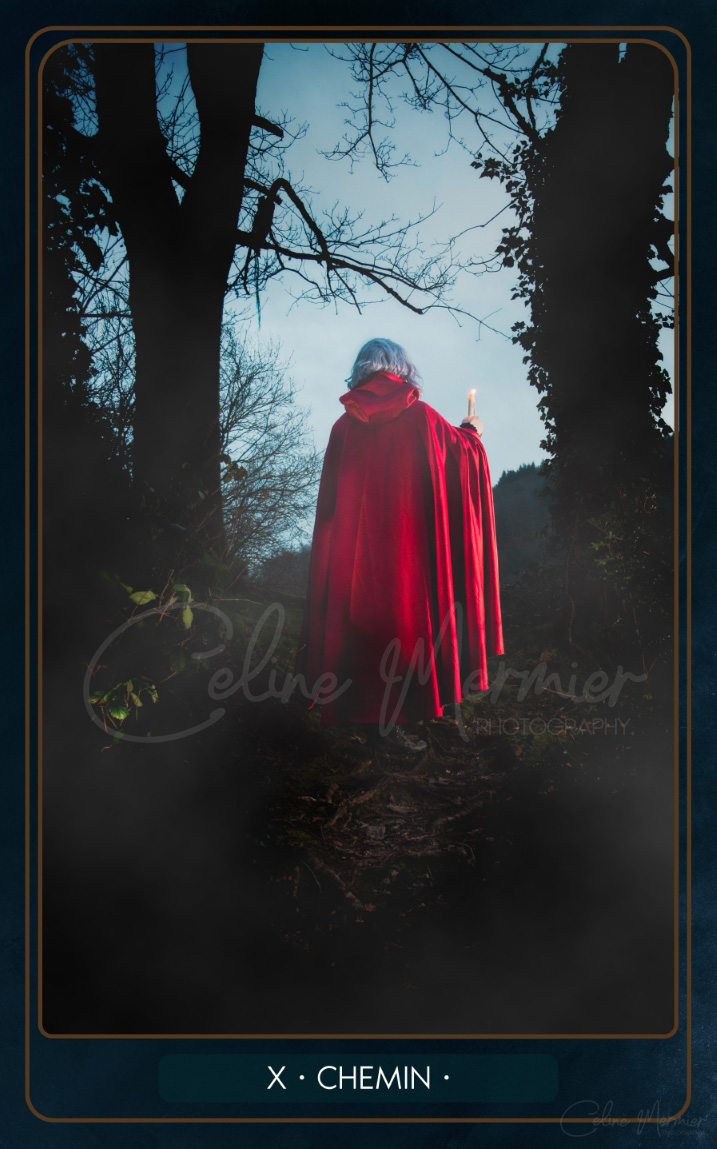Tarot
TAROT
Un projet de 10 photographies, pour illustrer 10 concepts, en 4 mois. Un court timing pour un projet d’envergure. Mélangeant surréalisme réaliste, retouche Lightroom et modification (sans IA) sur Photoshop.
La description est en anglais car c’est un projet réalisé et défendu en anglais en Irlande.
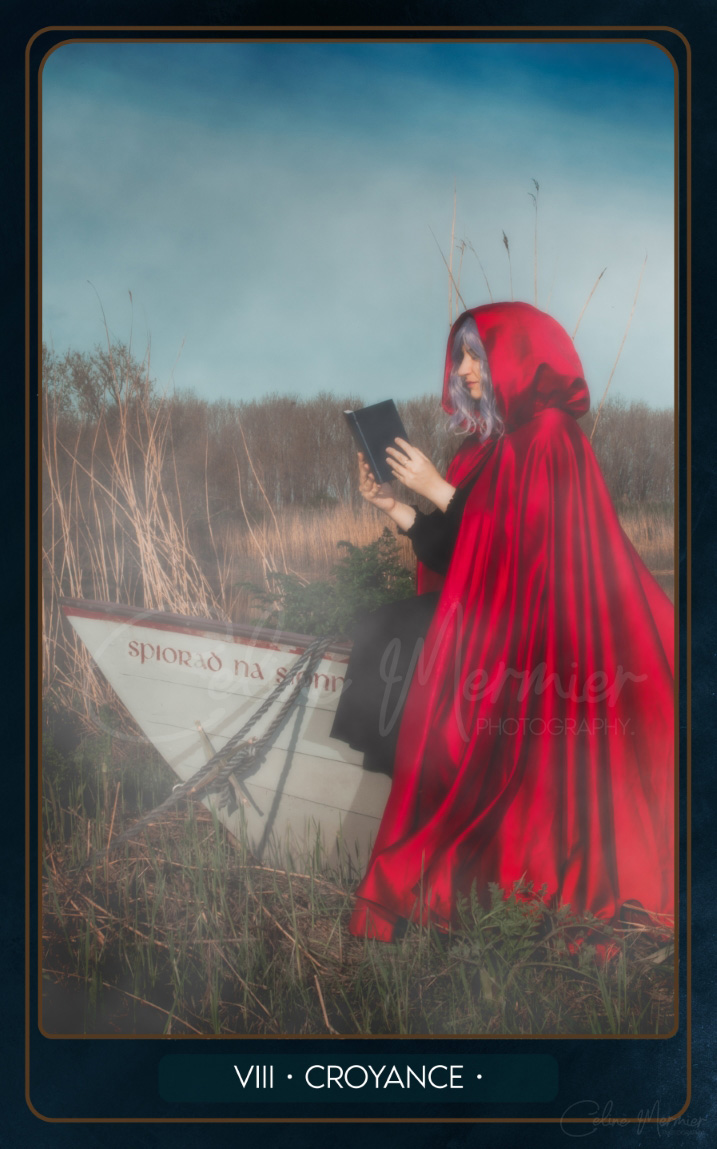
The theme I’ve chosen for my end-of-second-year photography subject is the Tarot card game (also known as the ‘Tarot de Marseille’ in France). I chose to study this theme because I think that, despite the many constraints associated with it, I will have enormous latitude in the construction of my images.
My idea for this project is to play on the emotions, similarities and differences that can be achieved in the making of a photographic series. Using playing cards, I want to highlight the human feelings that we can experience at any moment in our lives. So that everyone can recognise themselves in the different figures, the human images will be edited in a mysterious way to make the viewer think.
My project is « Tarot of life » or « Tarot ». The final format will be a deck of 10 playing cards. I envisage that this project will evolve over time outside the university project. Other photographs may be added to the series in the future.
I decided to write my own tarot with its own ARCANES to tell the story of my own life.
The history of the Tarot de Marseille
The images of the Tarot belong to the iconographic repertoire of late medieval Europe: they contain both literary and Christian references from the beginnings of humanism, as well as figures from the popular medieval imagination and influences from astrology, alchemy, etc. These images are archetypes of the human condition that have spoken to us since the dawn of time: power, love, victory, death, hell, paradise, Earth, Heaven, with the Sun and the Moon…
The word « tarot », which first appeared in France in the 16th century, comes from the Italian « tarocco ».
The origin and meaning of the word are obscure: derived from « taroccare » meaning « to get angry », « to respond with a stronger card » (perhaps from « tara » meaning deduction). The word may also derive from « arrocco », an Italian verb meaning « to attack », used when attacking the rook in chess.
The etymology is as mysterious as its legendary origin. In the beginning, the game was called « trionfi » (« triumphs »). Around 1500, it became known as « tarocchi ».
The term « blade » is more commonly used to refer to the cards in the Tarot deck. First used in the 18th century, the french word « lame » (blade, from the Latin « lamina ») refers to a thin, hard plate: it was given to the cards in allusion to their shape.
The Tarot was born at a time of intellectual and artistic proliferation and development of secular culture, known as humanism, which developed around the years 1430-1450. But these were also very troubled and violent times. Tarot is linked to war games such as chess, in which the aim is to checkmate the opponent. Moreover, the word « trump » designates a means of succeeding, a chance, an advantage.
The aim of the Tarot deck is to train us in virtue and reflection.

